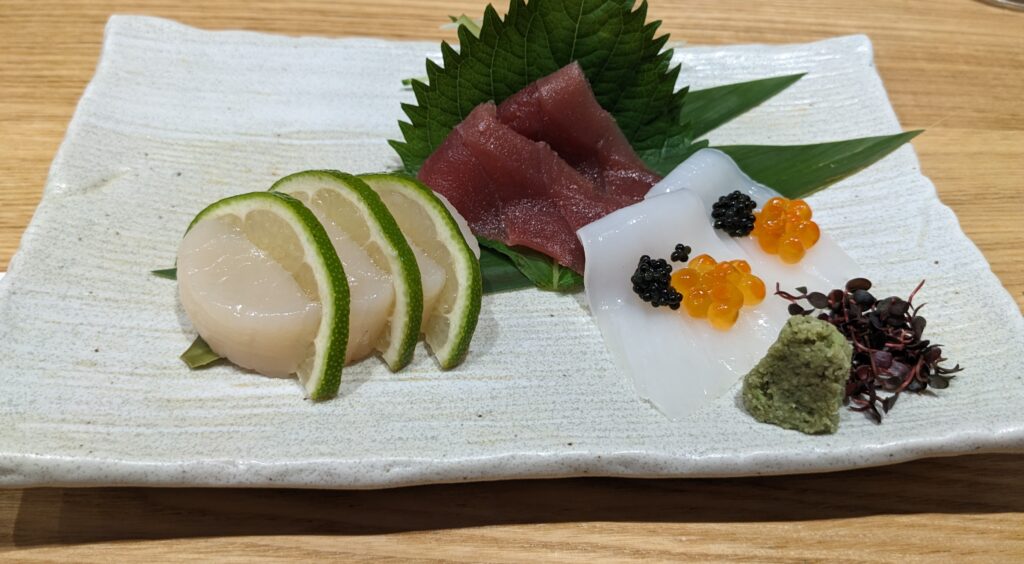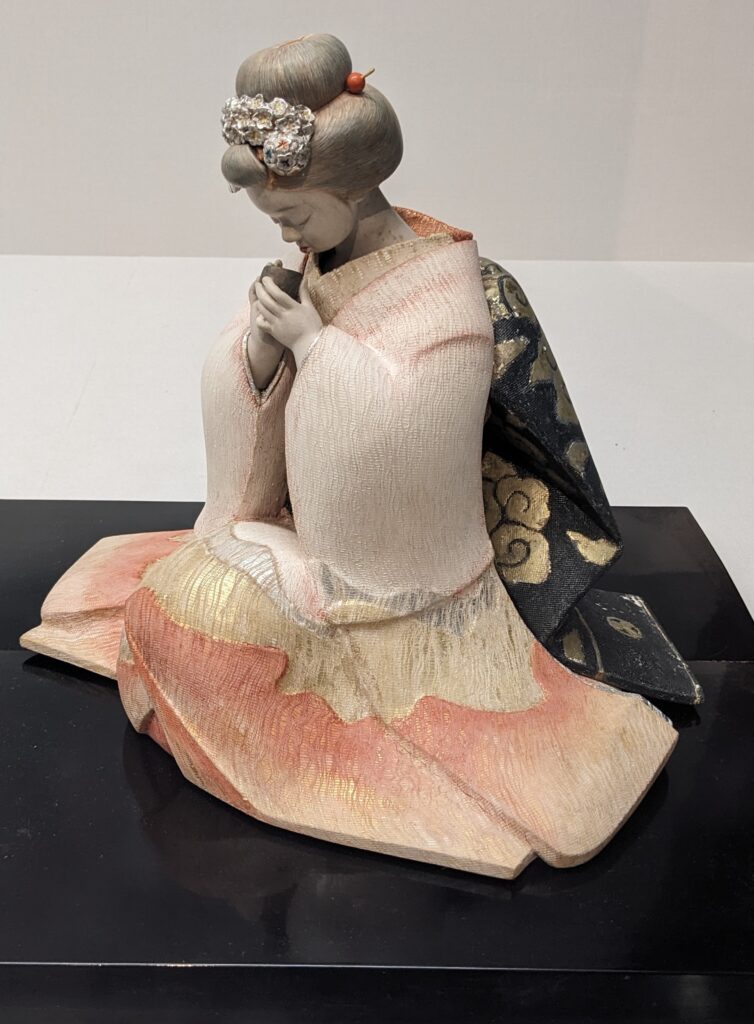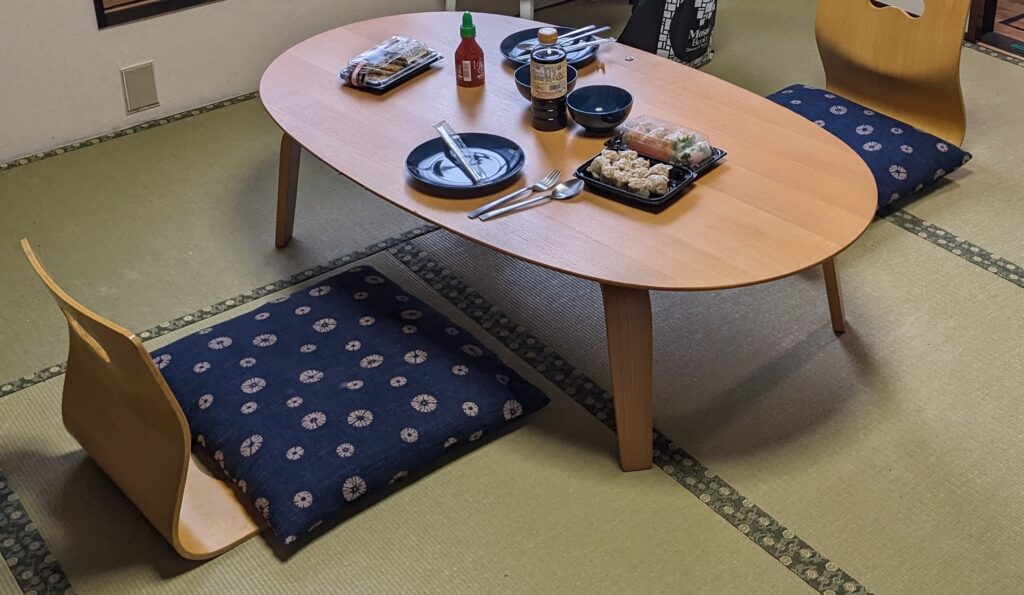This Japanese saying encourages us to live in the present and not worry excessively about the future. And as Japan is our final stop on this year’s circumnavigation of the globe, I am happy to take advantage of such useful advice during our week in this fascinating country. We are spending our last week away in Tokyo for a conference at the Tsuda University. Founded as one of the first institutions of higher education for women in Japan in 1900 by Umeko Tsuda, a pioneering woman educator, it is a fitting venue indeed for the International Federation of Research in Women’s History!
To my surprise, the most populous city in the world is not in India, nor in China, but is in fact Tokyo, with a population of 37 million people. This becomes apparent as we learn to navigate the vast and incredibly efficient rail network, often passing through Shinjuku Station, a huge terminal station that was certified by the Guinness Book of Records as “the world’s busiest station” with an average of 3,640,000 passengers per day. Busy it may be, but everyone is calm and quiet, queuing patiently behind the requisite lines for their train. There may be a little pushing at rush hour, but most of the time commuters are polite and unobtrusive.
I have booked a tiny, shoe-box apartment through Airbnb, in a suburb on the outskirts of the city. It isn’t as close to the university as I had hoped, but it is a super area to stay: easy to get around, and far quieter than a more central location, with the feeling of a comfortable village. And despite the fact that almost no English is spoken in the neighbourhood, and we have barely a word of Japanese to offer, somehow there is always a kindly soul happy to stop and point the way, as soon as they see us looking bemused. One elderly lady simply puts out a hand to say, ‘Welcome to Japan, I hope you enjoy your stay.’
Our kind host, Kenji, sends endless messages to let us know the best places to shop and the best places to eat. His tips include a shopping mall with plenty of anime stores ‘for BIG Anime Fans.’ We’re not. More usefully, he mentions a great little supermarket-cum-deli right next to our nearby railway station at Tanashi. Seijyo Ishii proves to be a great spot to pick up ready-made Japanese dishes on our way home. Oh, and a bottle of Japanese gin…
Kenji also provides daily weather reports, and the offer of umbrellas.
Two of the local restaurants he has recommended are only a few minutes’ walk from our apartment. We by-pass the first, unable to fathom fresh, live fish from the tank where they apparently serve ‘still living’ sashimi. I hope to heaven that is a mistranslation, but we haven’t been brave enough to check!
However, the little place next door does take our fancy: a genuine sushi and sashimi restaurant, where we can sit at the counter and watch the chef at work. Kenji explains that to eat high quality food like this in the centre of Tokyo would cost three times the price.
Sushi Tamahachi is only a two minute walk from Tanashi Station. This authentic Edomae sushi restaurant has its ingredients delivered almost daily from Toyosu, one of the largest wholesale fish markets in the world, on the Bay of Tokyo. With only three or four tables, and six stools at the bar, there is no sense of rush and flurry, just a calm, peaceful atmosphere. One man is seated beside us at the bar, enjoying his soup: snapper head in clear, dashi broth, rich in vitamins, minerals and healthy fats. Two women sit by the window, chatting quietly as they tuck into a huge platter of assorted sushi and sashimi. And a father and his young son sit behind us, sharing their delight in the food.
Sushi dates back to Japan’s Edo period, (1603 -1868) when the Tokugawa family ruled Japan. Edo was then the name of modern-day Tokyo, where the Tokugawa shogunate had its government. The previous Sengoku period was a time of chaos, but the Edo period was characterized by economic growth, strict social order, isolationist foreign policies, a stable population, perpetual peace, art, culture… and sushi. Today, this is one of Japan’s most popular fast food options.
At the bar, we communicate with the chef surprisingly well using “Google Translate.” Bit by bit, he provides a succession of simple, fresh and delicious dishes. Every time we guess the fish successfully, he beams at us, as if we are clever children. He also goes to a lot of effort to advise us that we have no need to season our food, as he had already done this for us.

Initially, he gives us a platter to share, then one each, then he simply adds anything we ask for. Having long ago decided the best way to eat scallops was by searing them on a hot skillet, this version, marinated in lime is a joyful discovery. Ceviche is basically raw seafood that is marinated in lime or lemon juice. The citrus acid cooks the seafood without heat and tenderizes the scallop at the same time, so it almost melts in your mouth.
The squid, similarly, had been ‘cooked’ in lime juice, and is served up with caviar. Then there is a piece of sashimi tuna accompanied by a pile of sliced ginger. Known as gari shouga or ‘pickled sushi ginger,’ it is preserved with vinegar, salt, and sugar, giving it a sweet, sharp taste. This sharpness makes it exceptionally good as a palate cleanser, as well as a tart accompaniment to sushi and sashimi.
The next plate has a selection of fish, sushi style, wrapped over rice: red snapper, squid, shrimp and three varieties of tuna. Delicious! Then there is a seaweed wrapped sushi topped with bright orange, lustrous salmon roe, much larger than the tiny, orange tobiko or flying fish roe used to garnish sushi rolls.
I’m afraid to admit that I avoid the sea urchin. Well, that’s not entirely true, I do try a bite to see if I loathe it as much as I remember. I do! Texture, taste, colour – I find the whole thing unappetizing, and would much rather have left it to live out its life in a rockpool or reef. So, moving quickly along…
… to the tamagoyaki or Japanese omelette, made by rolling several layers of fried beaten eggs together. Prepared in a rectangular omelette pan it has an unexpected sweetness that makes it less of a savoury dish and almost a dessert.
The One & Only has chosen to drink beer with his dinner, but I have a long-standing love of the silky, smooth saki. And this one has been warmed and served in a pretty, blue and white carafe with a small cup. At last we have had an elegant sufficiency. (A very appropriate term in Japan, where every aspect of life seems elegant.) And I have lived in the moment and enjoyed every mouthful.
*With thanks, as ever, to the One & Only for sharing his photos.


